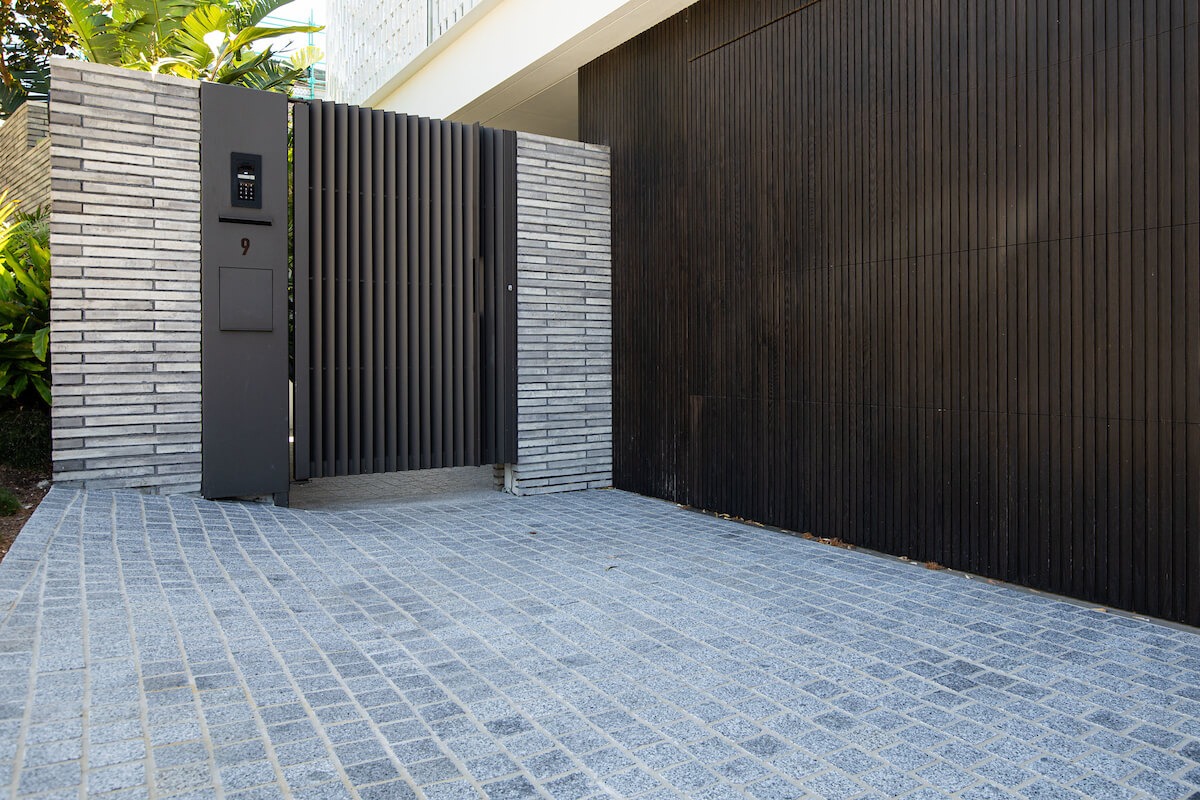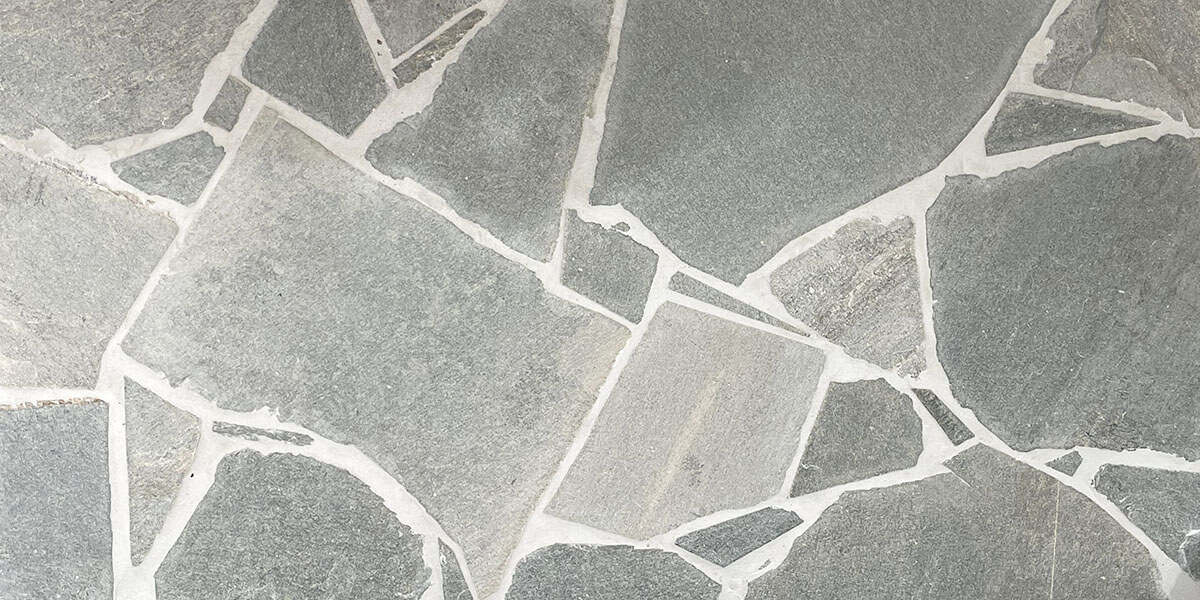How to Choose the Right Garden Edges for Your Outdoor Space
So you’ve nearly finished updating your outdoor space?
This is extremely exciting!
All that is left to do is complete the edging for your garden beds.
Sounds simple enough – right?
Pick the material, install and wipe your hands clean off the decision!
Done!
Well… it’s not quite as clear-cut as that.
You see, when your garden edges look good, they work with the outdoor space flawlessly – whether they blend with the garden or contrast against it. However, when the edging is wrong, it can be very wrong. And we’re not just talking aesthetically. Things that can go wrong include the edging not being able to hold the soil in place for your garden bed and this can spill over onto your pathway and create a mess.
So whether you’re creating a garden or updating your outdoor space, in this article we will review some of the things to consider when choosing the material for your garden edges.
But first let’s start with …
Why use garden edging?
Garden edging is designed to define and divide spaces. Most commonly, borders are used between garden beds and lawns for easier garden maintenance. However garden edging can also be used within a garden bed to separate planting styles or to contain certain species.
Garden edging can also be used to define straight or curved pathways and can even function as a retaining wall to hold back soil where there is a change of elevation in your garden.

Things to consider
Now that you have a better idea of what garden edging is used for, there are a few things to consider before starting your project. These include choosing a style and material and reviewing its durability and cost. If you’re not confident in your own ability to make this decision, you can always consult a professional. If you would like any help with this, reach out to our team of experts at Armstone’s headquarters in Sydney at 1300 560 560. We would be happy to help or point you in the right direction.
Style
While garden edges are mainly about maintenance, its still best to choose a style that matches your home and garden’s general decor as well as something that reflects your personal style. It is recommended to choose materials and colours that complement your current garden themes and match your furniture and general outdoor ambience. As with all style choices, remember that you can either choose your garden edges to be statement pieces or you can design them to blend inconspicuously with the rest of the home.
Durability
It goes without saying that anything you choose to install in your garden needs to have some sort of longevity. This might mean that you need to invest more in a particular material just so that it withstands the test of time, especially since it is for your garden – a space exposed not just to the elements like the weather but also lawnmowers, moisture, line trimmers and all other gardening products. As such, choosing a durable material and spending a little extra on it not only secures your space for the foreseeable future but it also gives you a peace of mind.
Price
A mistake we see many people make when renovating, upgrading or building their home is opting for the cheaper option only to end up with a broken product in a year’s time. Why is this problematic? Well, eventually, you’ll spend so much money on replacing the edging that you would have spent less if you had decided to invest a little extra to begin with. In saying that, we don’t recommend just choosing a material because it costs more. What we recommend is finding a material that is durable and matches your style and gives you the most value for your money. If you are working on a budget and are unable to invest in the type of edging you want across your entire garden, mix it up by getting the higher investment one for your key areas such as the entry to your home and entertainment areas and a cost effective option for the rest.
Choosing the material
With so many materials to choose from, it can be overwhelming to decide which one is the best for your project. Below we will review a few options and their best application.
Simple Borders – Metal
When it comes to choosing a garden edging that is simple and subtle, metal is definitely your go to material. This is because metal (steel or aluminium) and plastic are easier to bend and as a result, they can be curved around garden beds or pathways with ease. These materials also tend to blend into the background and disappear against the grass and garden bed so it looks like there is nothing separating the areas. Finally, metal and plastic is easy to install and long-lasting.

Bamboo
Ah, bamboo! You might remember the scene from Rush Hour with Jackie Chan and Chris Tucker where Chan says that bamboo is very strong? Well … it is. So this material definitely passes the durability test. It also works fabulously in tropical gardens or as an accent against traditional spaces. When it comes to garden edging, you can dye bamboo in different colours and cut it to different sizes to suit your needs. Not only is it durable, it’s also flexible and can be adapted to most spaces. Bamboo adds a neat finish to the edge of your garden or flower bed. It’s definitely an excellent choice!
Stone
If you are looking for investing in a material that will 100% stand the test of time, stone and concrete are definitely ideal for you. These materials also suit almost all gardens and outdoor aesthetics: from more traditional spaces to contemporary and modern ones. There are also so many options within the stone category, from sandstone pavers to limestone or slate and stone cladding. If you desire versatility for your garden edging, then choosing to invest in either stone, concrete or brick, allows you the chance to play around with the edging design and bring a unique and custom look to your outdoor area. With regards to durability, these materials will hold up to almost anything that comes at them: from weather to garden tools. Finally, if you have a particular design that you want to stick to throughout your garden, installing stone, concrete or brick as your garden edging adds a level of consistency throughout because they can be used anywhere and still be as effective as ever.

Call us to find out the cost of the above Stone Garden edging on 1300 560 560
Timber
When it comes to blending into the natural environment seamlessly, timber is definitely the most suitable choice. However, choosing natural wooden garden edging finishes has a few downfalls. Namely, when it comes to longevity, wood can fall short, particularly in wetter climates where humidity and moisture can damage the material’s composition causing it to deteriorate and require replacement. On the other hand, it’s cheap and easy to install, which is a big advantage. It’s also available in a wide range of styles, colours and varieties. If you’re set on creating a cohesive look across all areas of the garden without necessarily using the same material throughout, timber is a good choice. For example, you can use timber for the deck, the pathway and the edging but for variety, you can install different styles. Additionally, you can use timber to create a sense of drama and distinction, simply by using a larger piece of wood.
Wire
It’s simple and elegant and it looks great in cottage-style gardens: what is it? It’s wire garden edging! And it works best when it’s not actually being used to hold foliage in but rather for the purposes of stunning visual effect. The wonderful thing about wire is that it is extremely versatile and flexible which means that it can be shaped in a variety of ways like hooped or crisscross style, so even if your next door neighbour uses wire to edges their garden, yours will look completely different. In case you needed more advantages to use wire, it’s available in a wide range of colours and is exceptionally easy to install.
Strength and simplicity
Now that you are fully equipped with the information for your garden edging project, remember this one thing: no matter the material or materials you use, strong and simple is always the best choice. Carefully consider the options before investing, determine how much wear and tear your edging will be subjected to, how will the environment affect the material, how much budget you want to allocate to this part of the project and off you go!
A few rules of thumb before we finish this article: if you use the whipper snipper or lawnmower often, then stone edging will be more suitable than wire and if you live in a tropical area, you may want to use bamboo rather than timber.
Finally, remember that not every material will suit every home and garden aesthetic and reflect your particular style. If you’re unsure with your research and what to invest in, reach out to our team of experts at Armstone.
We would love to help you out!


